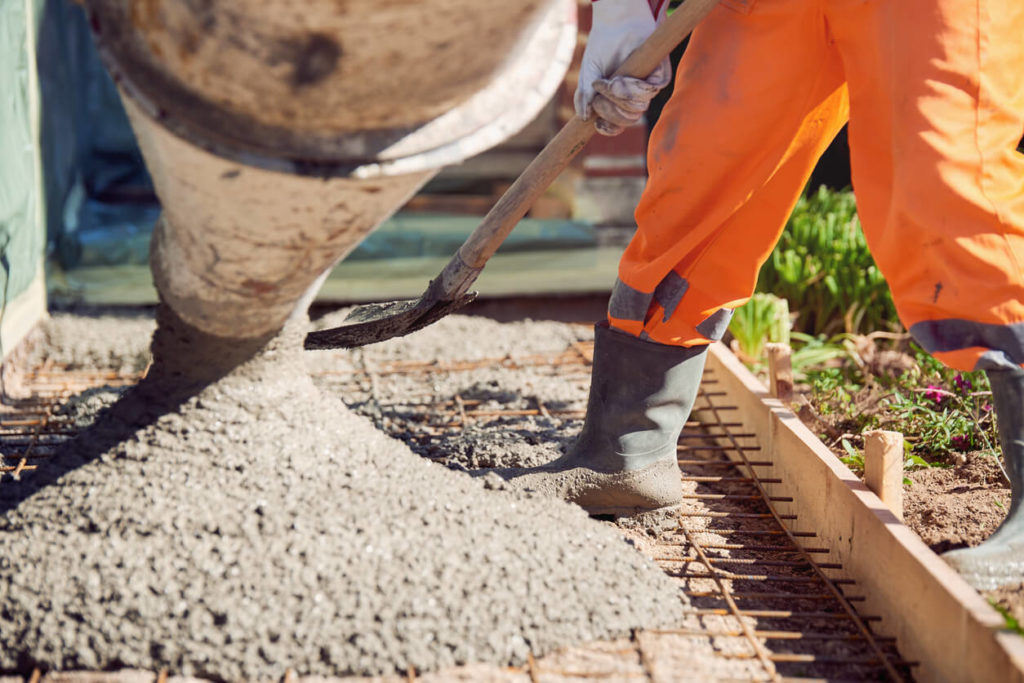Pouring Concrete In Warm Weather
Posted on June 24th, 2022 by Devine Bros

It’s summer, and it looks like it’s going to be hot! There are some things that you need to know about pouring concrete in warmer weather so that your project will go smoothly from start to finish. That includes what materials you need, how to mix the concrete and water, how much concrete you should use, and how to get the concrete into the forms smoothly without leaving any telltale signs that it was even poured at all!
Let’s get started on a great-looking slab of smooth concrete in no time!
Important Questions to Ask When Pouring Concrete in Warm Weather
When Is The Best Time to Pour Concrete?
One of the most frequent questions asked by concrete contractors and end-users is when is a good time to pour concrete? Unfortunately, there isn’t a single answer. The best advice for concrete work this summer is to wait until mid-morning or early afternoon when the temperature has cooled off from the morning sun.
Should I Add Water to My Mix?
The two main factors influencing how long concrete will take to set are the ambient temperature and how much water is added during mixing. The higher the temperature, the less water is needed for optimum results because more heat equals faster curing times.
Are There Any Special Tips When Mixing With Dry Bulk Materials?
One of a contractor’s biggest concerns when pouring concrete in warm weather is if they have to mix dry bulk materials such as sand and gravel into their concrete. In reality, you don’t have to worry too much about adding water to your dry bulk materials before you pour your concrete, as it’s not going to make much of a difference on your set time or strength.
But to be safe, the rule of thumb is that you should only use one-quarter the amount of water required for cement without dry bulk materials. For example, if the recommended amount of water for cement without dry bulk material is five gallons per cubic yard, then four gallons would be sufficient for one cubic yard with sand mixed in.
What Are The Steps For a Good Pour?
When it comes to pouring concrete, timing is everything. You don’t want to work in extreme heat or cold, but there are ways to work around weather conditions to pour successfully. The most important thing you can do for a successful pour is to plan ahead.
Start by checking your area’s projected weather patterns for at least seven days out and factor them into your timeline; you might have to be flexible with dates depending on what kind of weather you get that week.
Final Thoughts On Weather and Quality
As a general rule, concrete should be poured when temperatures are not too high and when it’s not raining or storming. If you’re pouring in weather that doesn’t fit these criteria, consider hiring a professional concrete crew instead of doing it yourself. Professionals have the training and experience to work with all types of material, which means they can pour at any time and provide you with better quality results.
Of course, if this seems like a lot to keep in mind, you can always count on the concrete professionals!
Helping Norwalk homeowners improve their lives is something Devine Brothers has been providing to their customers for over 100 years! If you’re interested in learning more about our service or need supplies, make sure to get in contact with us today! For more tips & tricks, make sure to like us on Facebook.

